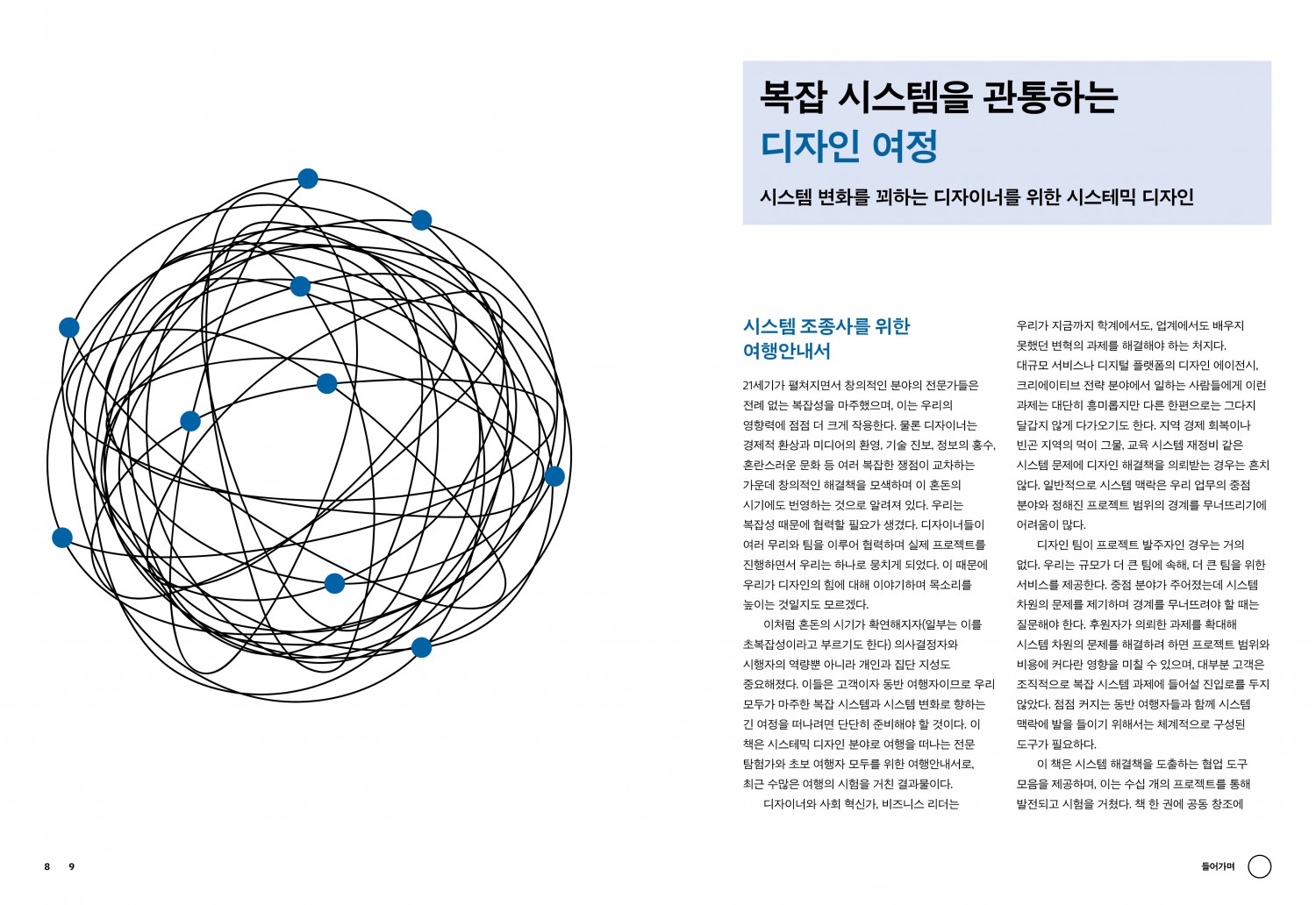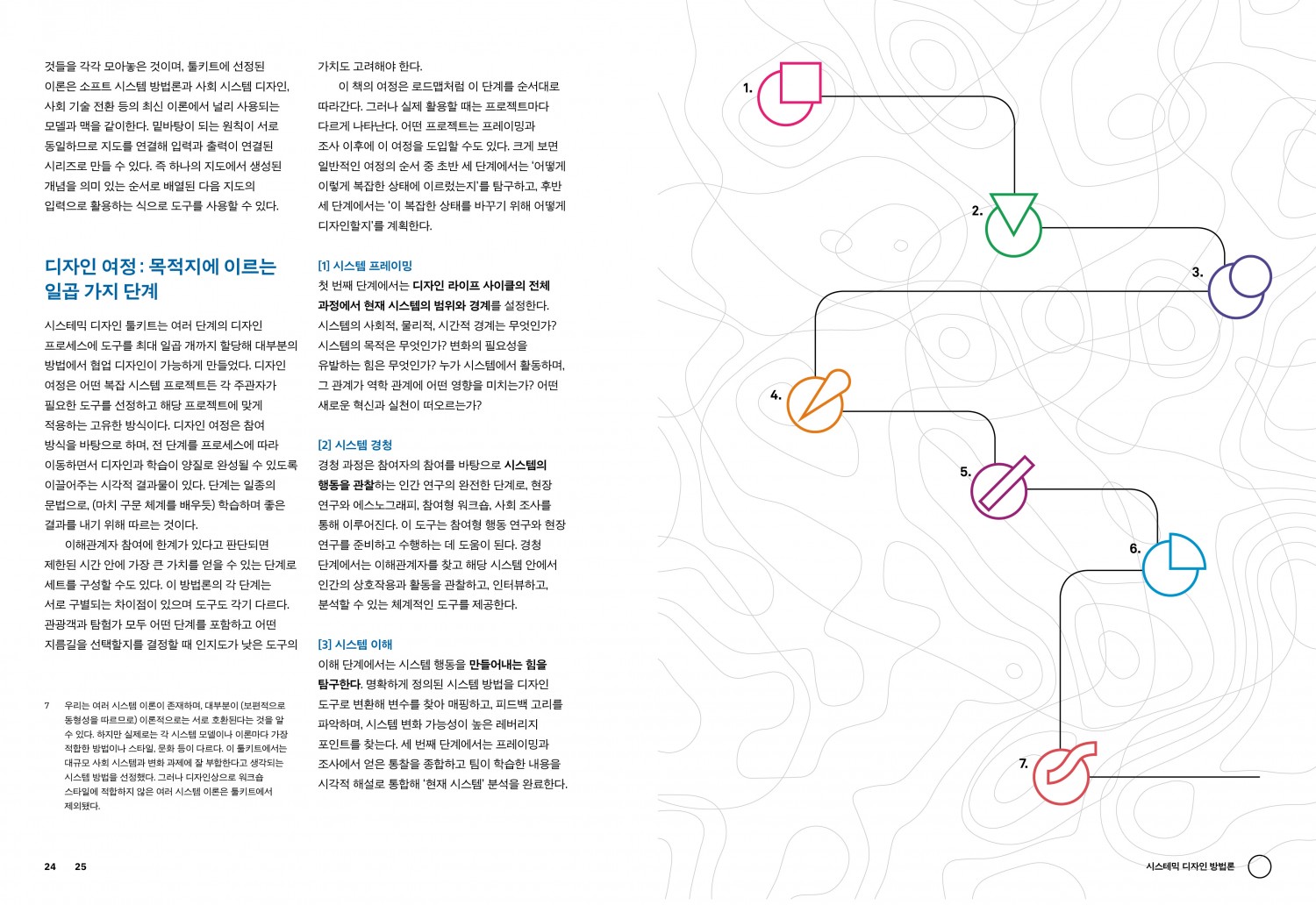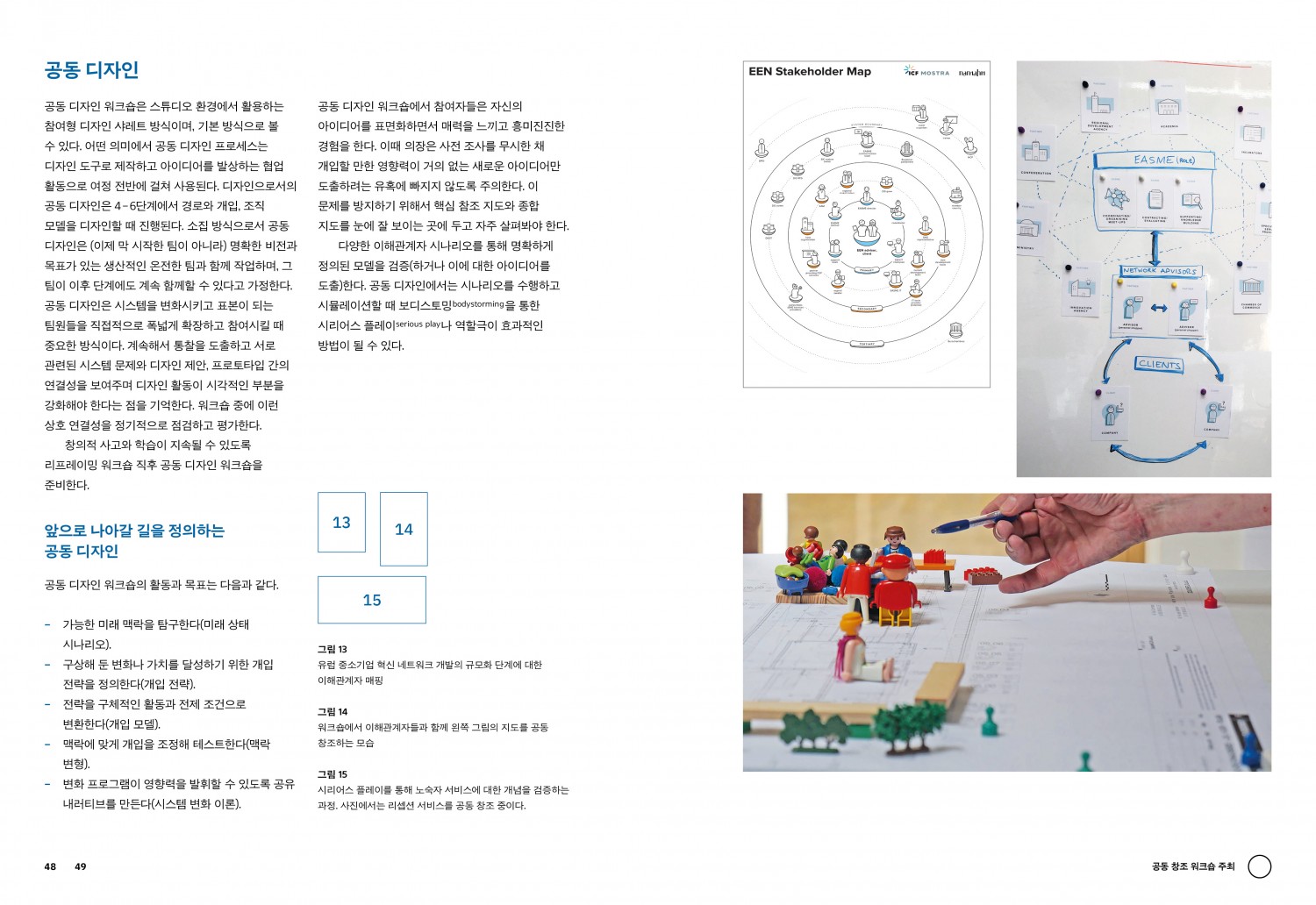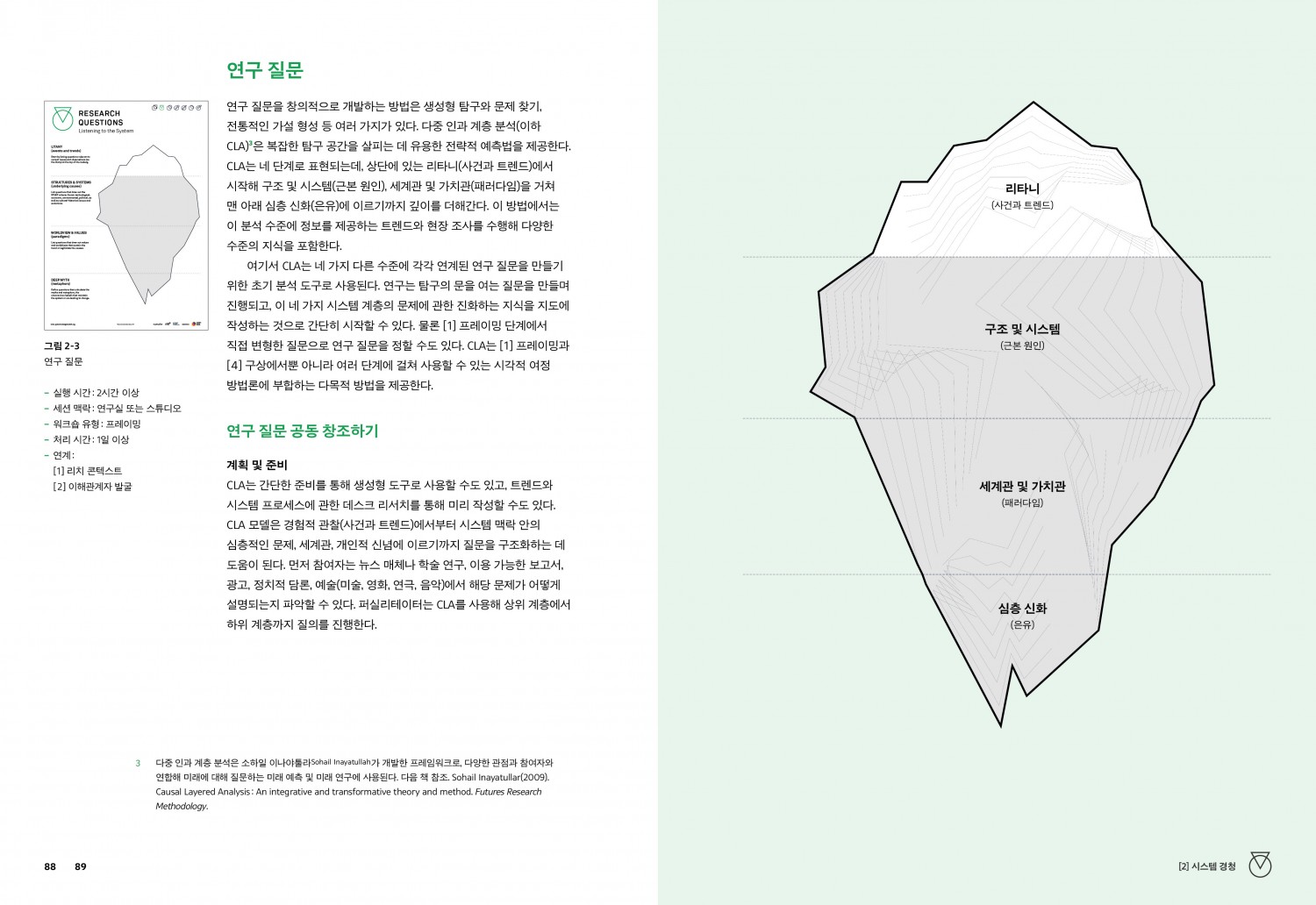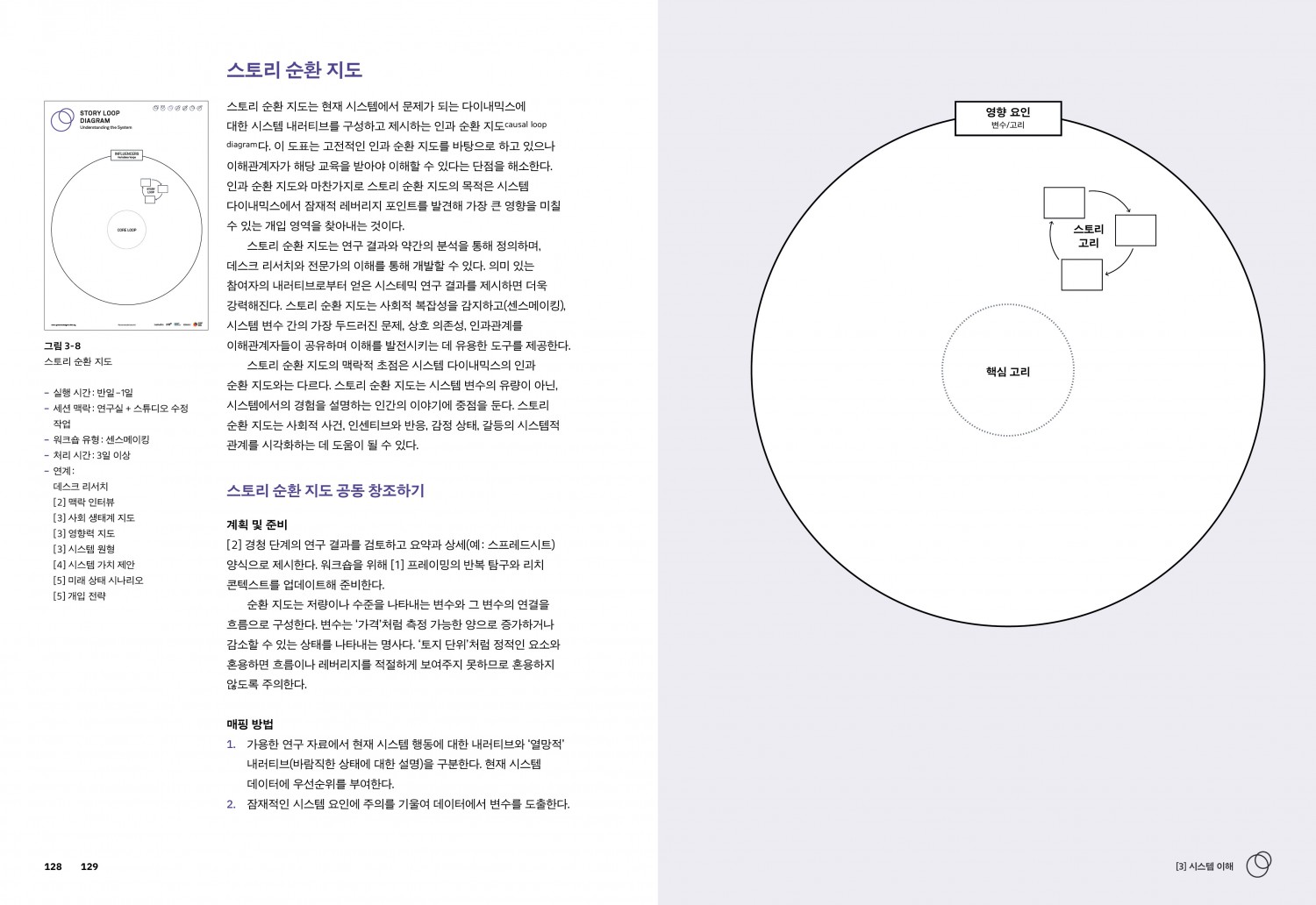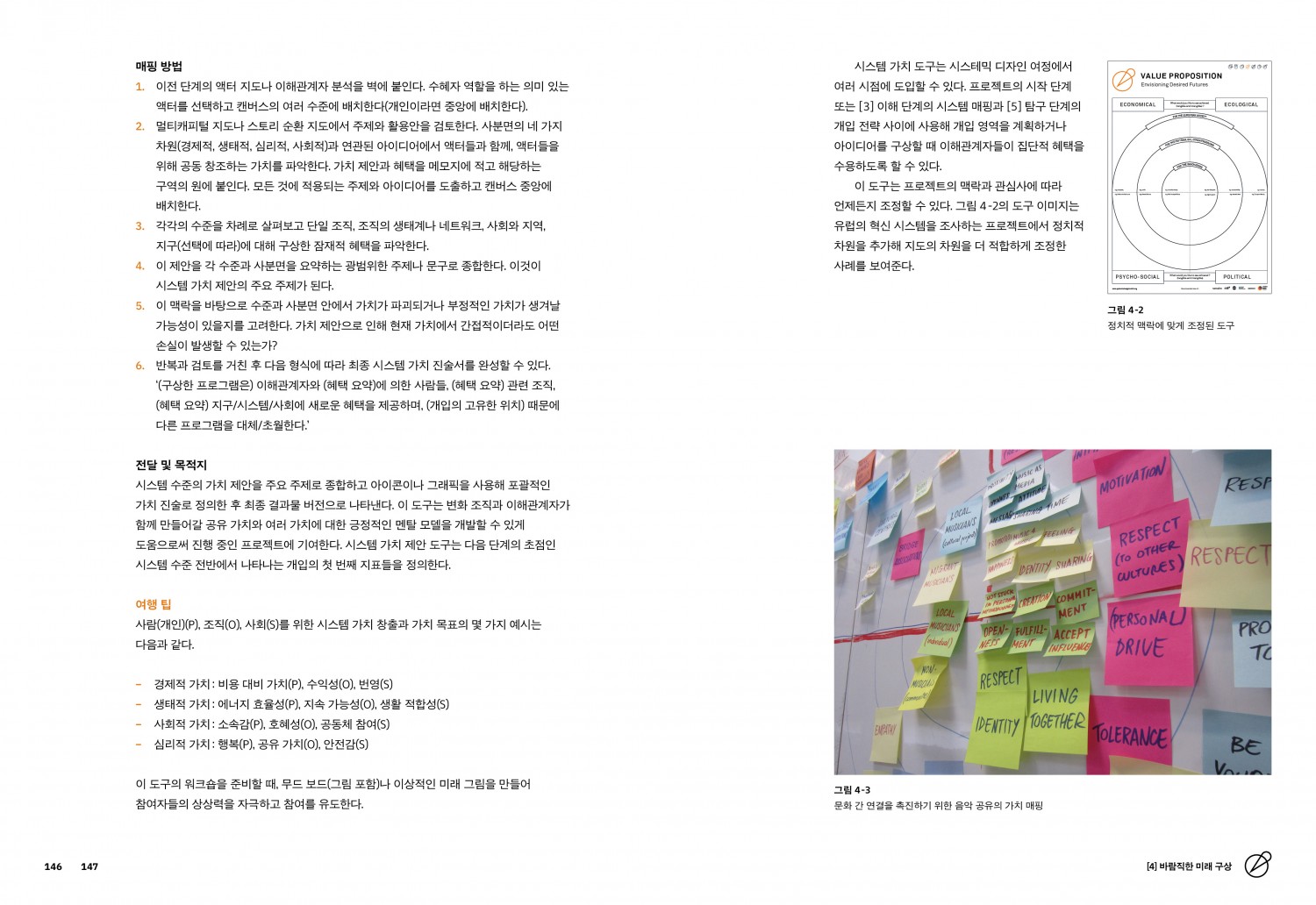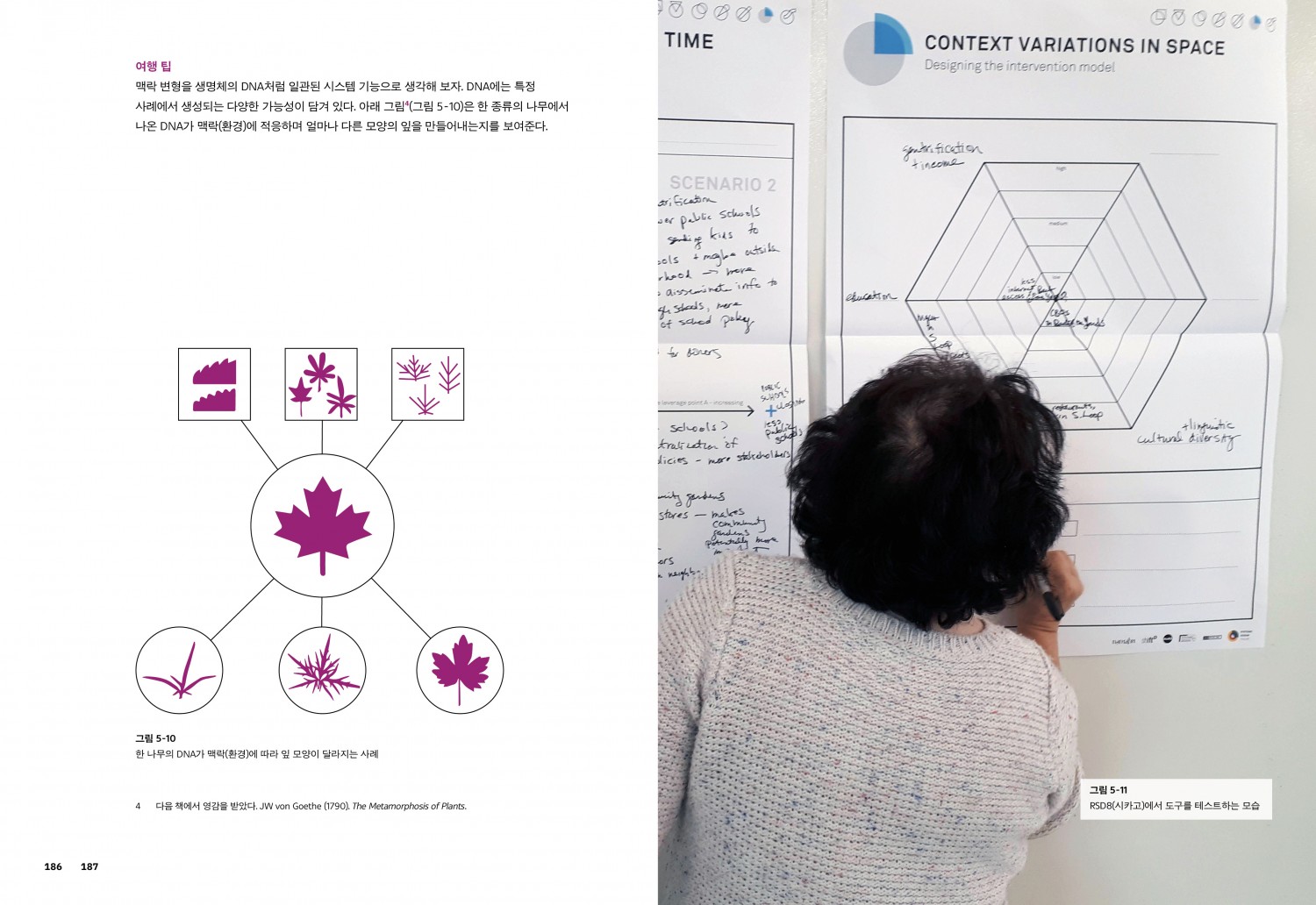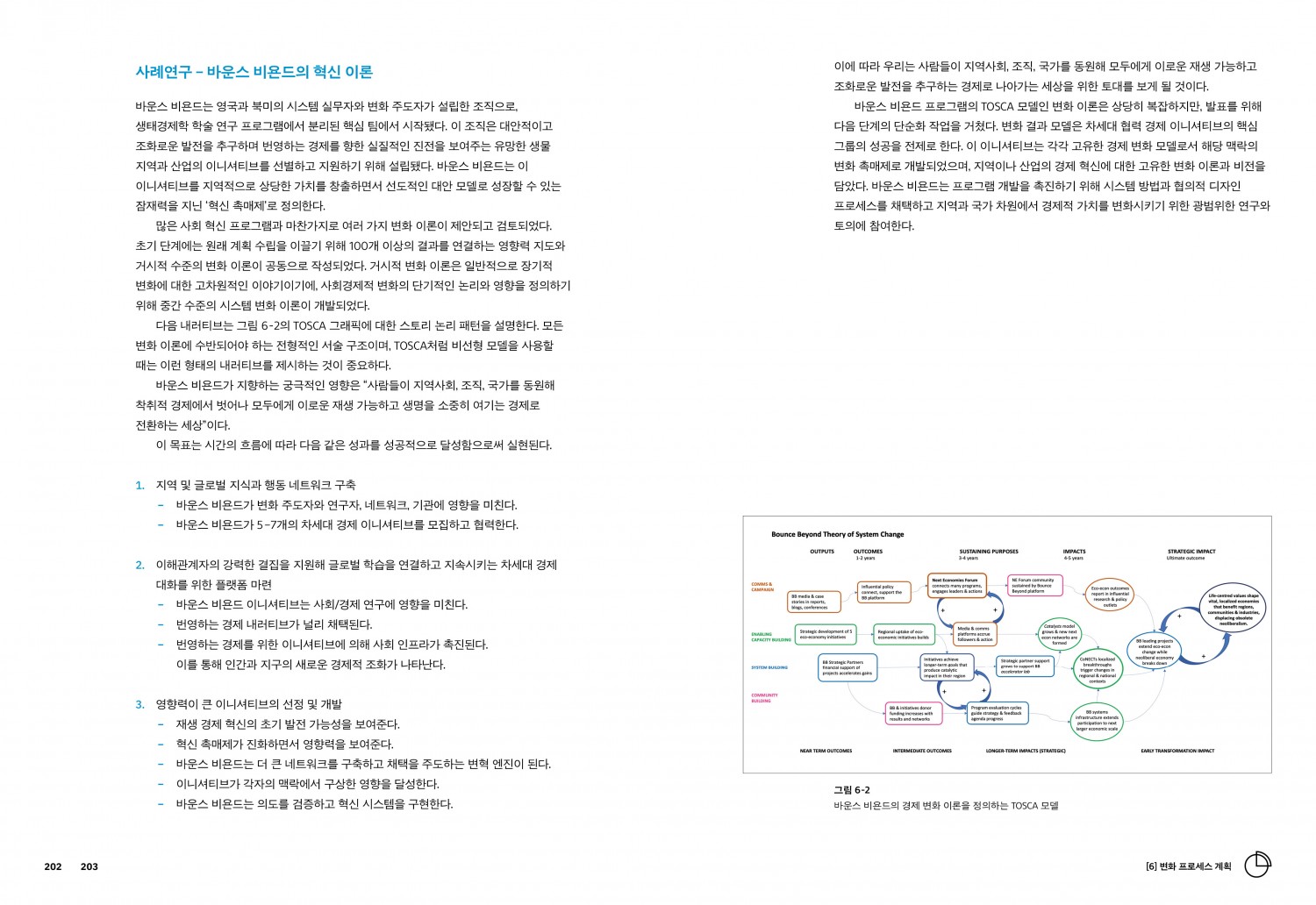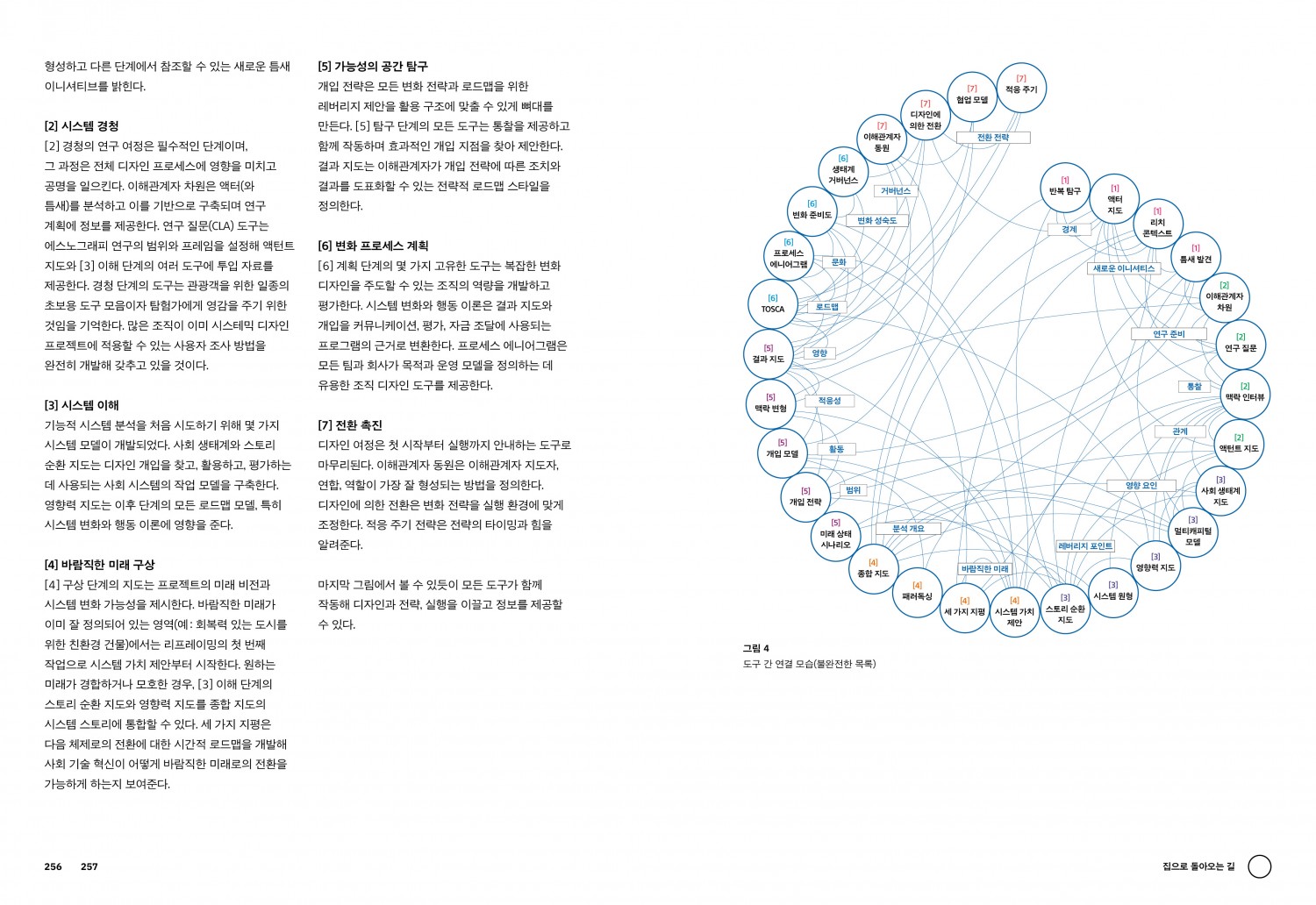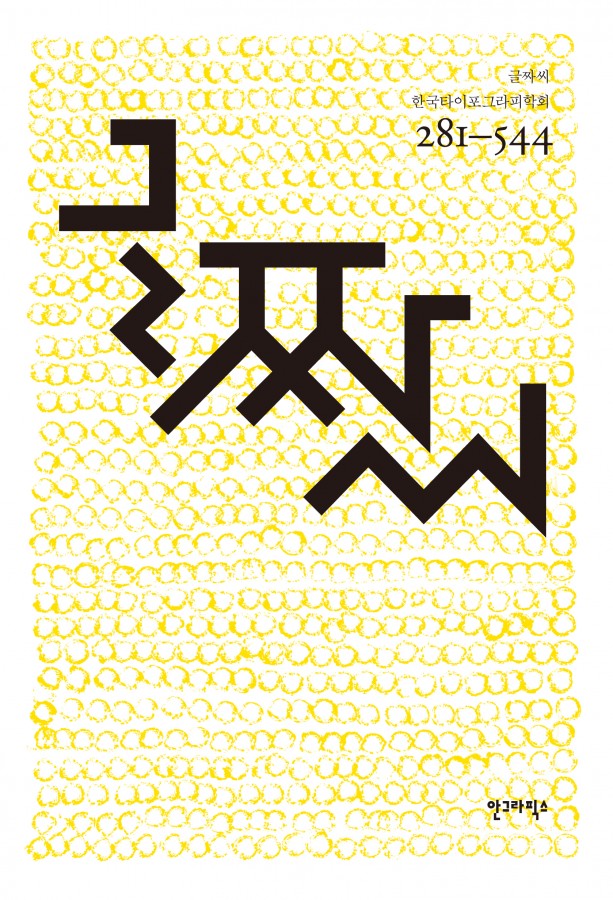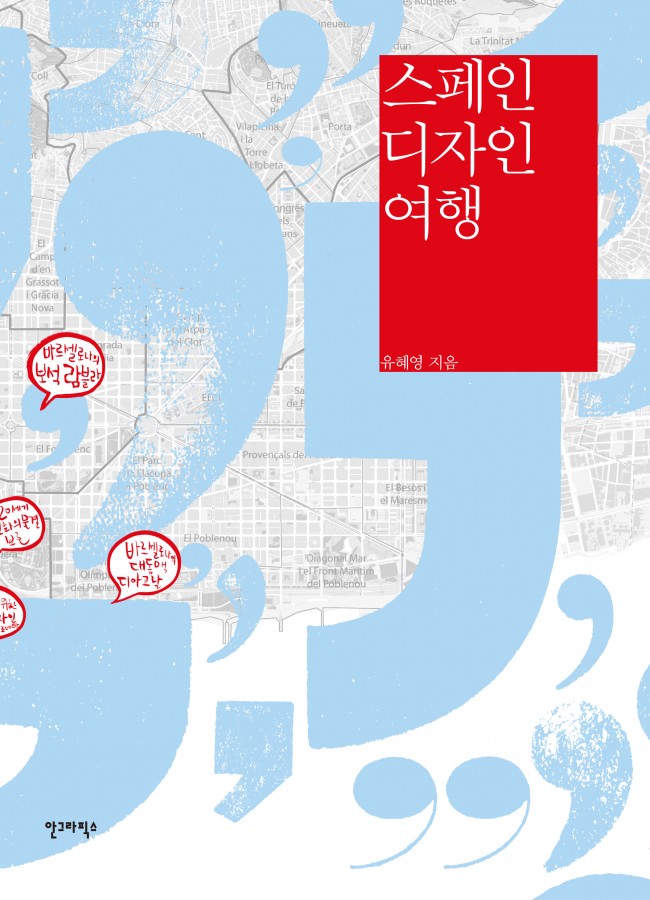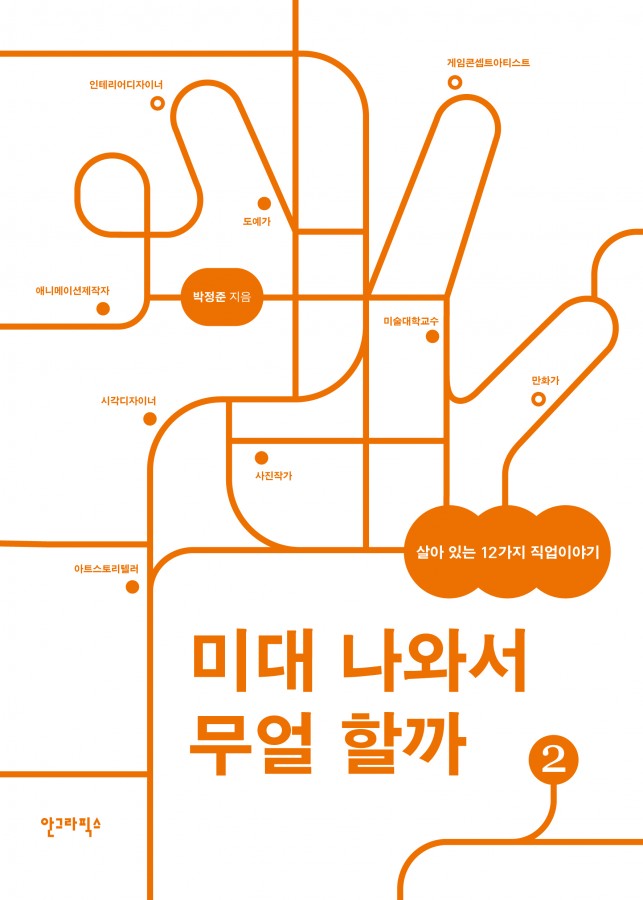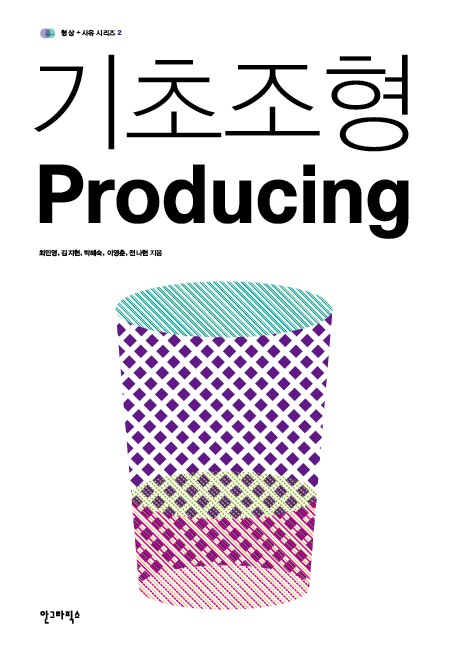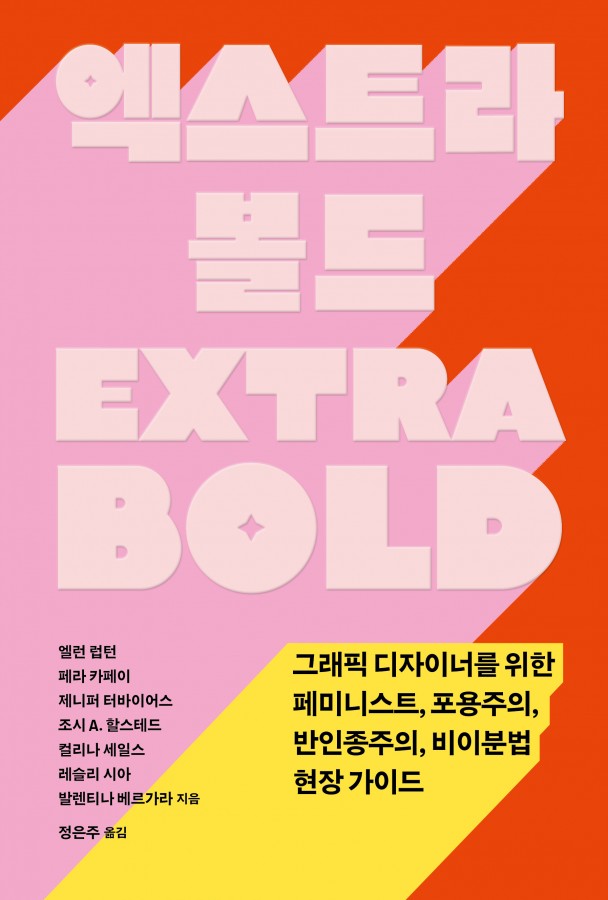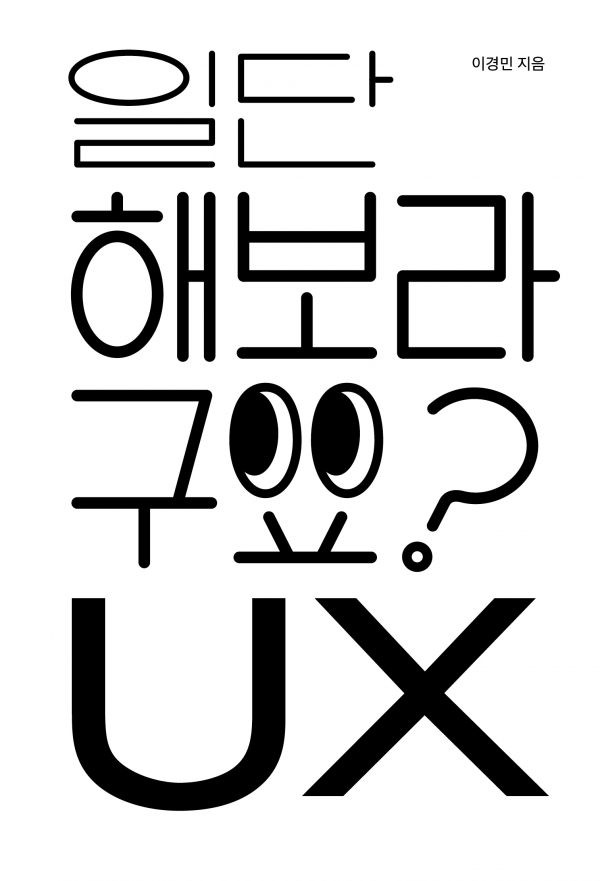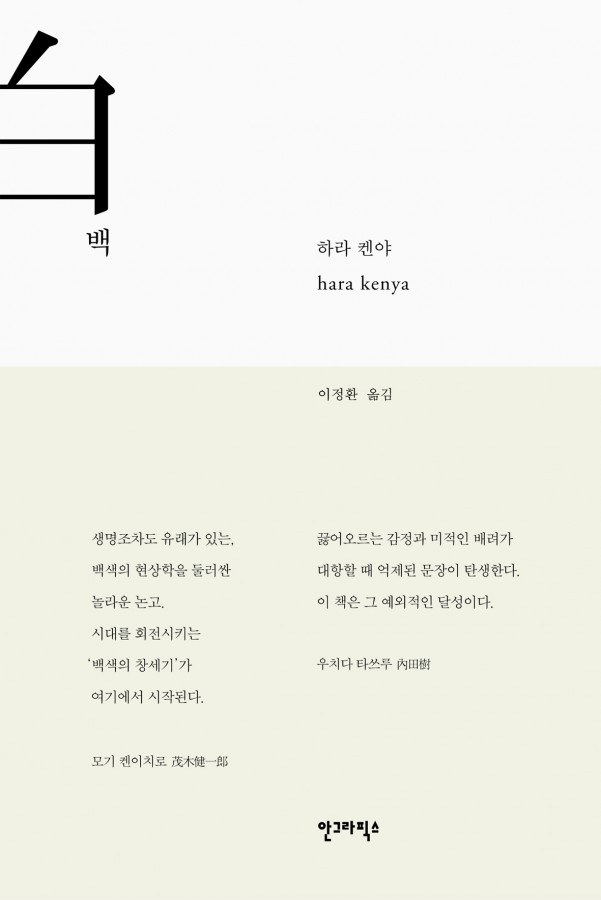Design Journeys provides a repertoire of collaborative practice tools for system solutions that we developed and tested in dozens of projects, as well as in teaching at our university courses. The book integrates theory and practices of the Systemic Design Toolkit for design cocreation, in a single handbook, designed to be like a tour guidebook for both Tourists and experienced Explorers. The Journeys methodology anchors powerful system methods from the Toolkit with cases from the two authors’ years of experience in systemic design projects and method development.
Design Journeys has been updated since the first run as well, not a second edition, but the more recent books printed have many small updates that clarify how to use the tools based on feedback. We found the experience to develop and define the text and tools to be a wonderful learning experience, and we are working on new material now because this has opened up new areas of practice. The tools guide systemic design practice across the contexts that we regularly tour with actual clients or research cases: Public sector (government), systems change (often non-profit or development programmes), and sociotechnical services (private sector, mixed).
The journeys travel well in education, as the Toolkit is used in several graduate design programmes. In practice, governments are the most common systemic design sponsor, as they have the budgets and mandate to address problems at the aggregate system level and the access to multistakeholder groups. Corporations, even when leading large consortia, rarely fund efforts beyond their organisational boundary, and corporate cases are largely sociotechnical or complex service systems. Systems change projects have rapidly emerged from foundation-sponsored non-profit programmes, across many sectors, including the United Nations and its Sustainable Development Goals (SDG) programmes and innovation labs.
There are translations in Japanese and a Korean in the works, as these tools are being used in complex service design there. Other languages are being explored, as well as extensions to the toolkit. Find more about the Systemic Design Toolkit.
